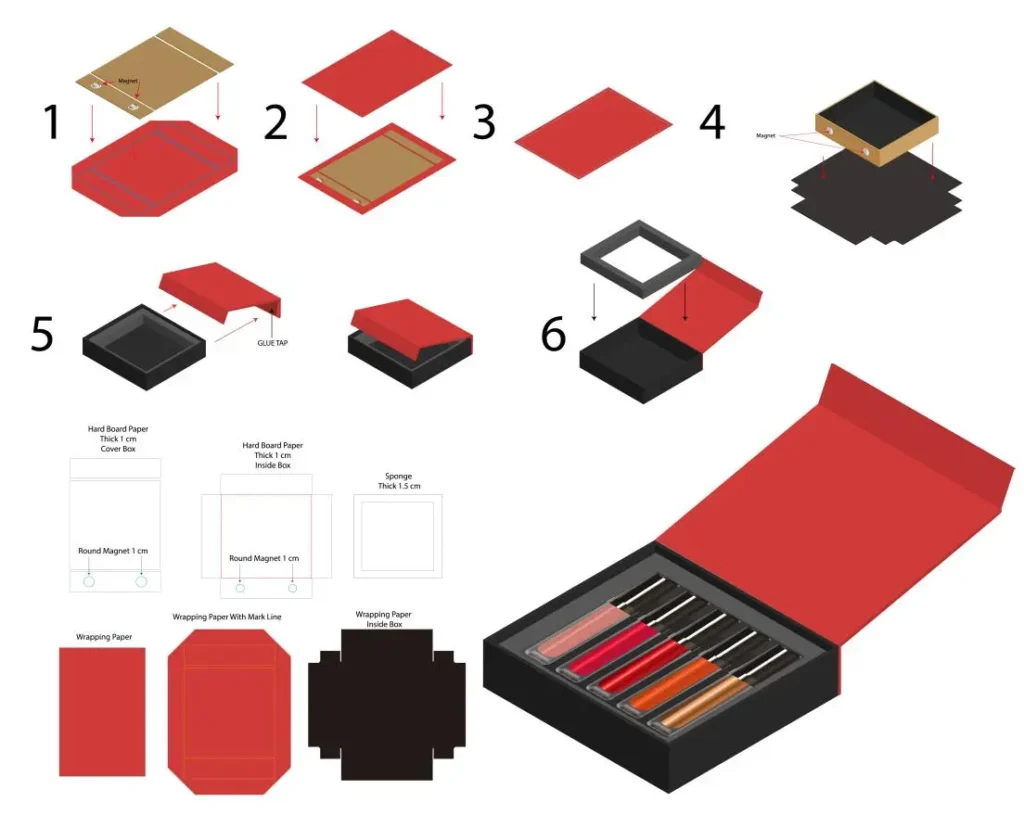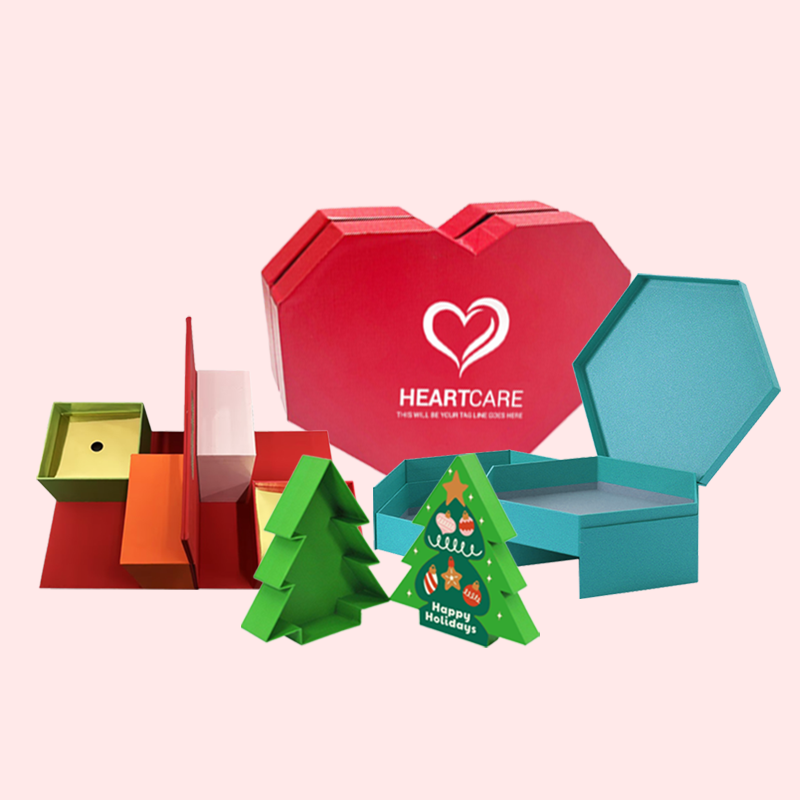Struggling to make your beauty brand stand out? Poor packaging can make your product disappear on the shelf. The right style grabs attention and drives sales effectively.
Effective styles include minimalist rigid boxes for luxury, eco-friendly mailers for sustainable brands, and vibrant folding cartons for mass-market appeal. The best choice aligns with your brand identity, target audience, and product type to create a memorable unboxing experience.
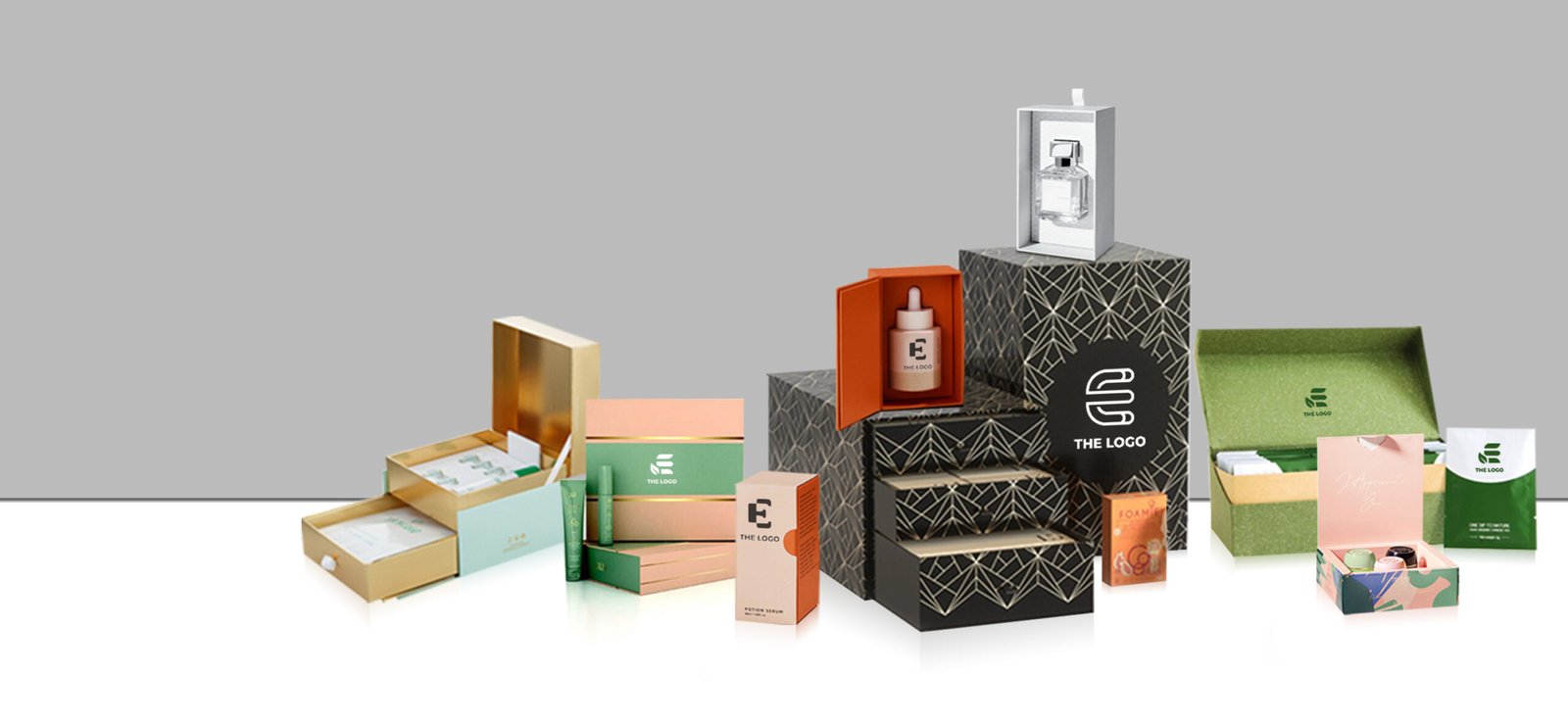
Selecting the perfect package is about more than just a pretty box. It's a strategic decision that communicates your brand's very soul. In my 16 years in this business, I've seen how the right choices can make or break a product launch. So, let's explore what really works. We will break down what you need to know, starting with one of the most important topics today: sustainability.
What are the sustainable packaging options for cosmetics?
Worried about your brand's environmental impact? Wasteful packaging can damage your reputation. Choosing sustainable materials attracts eco-conscious customers and builds trust.
Sustainable options include recyclable materials like FSC-certified paper and mono-material plastics. Refillable systems, compostable bioplastics, and post-consumer recycled (PCR) content are also great choices. These reduce waste and appeal to environmentally aware shoppers.
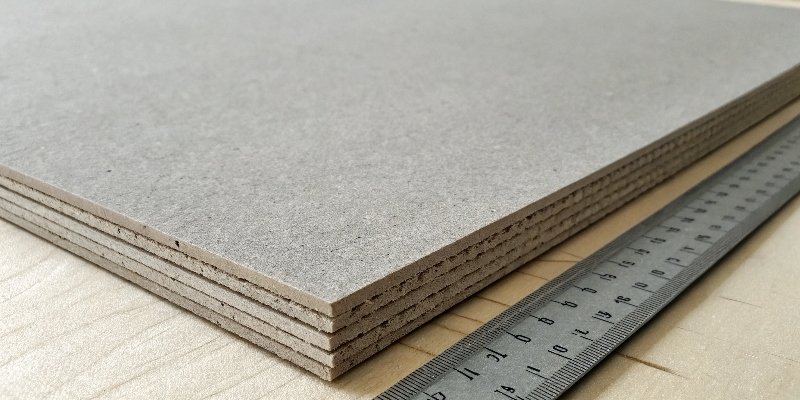
I've worked with many brands transitioning to greener packaging. It's a journey, not a switch. You need to balance sustainability with product protection and brand image. It’s a challenge I’ve seen designers like Peter face often. The key is to start with smart choices.
Key Sustainable Materials
Choosing the right material is your first step. Glass and aluminum are infinitely recyclable but can be heavy. FSC-certified paperboard is great for secondary packaging, as it ensures responsible sourcing. We're also seeing a rise in post-consumer recycled (PCR) plastics, which give old plastic a new life and reduce the need for virgin materials.
Innovative Design Approaches
Beyond materials, the design itself can be sustainable. Refillable systems are a game-changer. Customers buy a durable primary container once and then purchase refills. This builds loyalty and reduces waste. Another approach is "right-sizing" packaging to eliminate empty space and unnecessary material, which also lowers shipping costs and carbon footprint.
Here's a quick comparison to help you decide:
| Material | Pros | Cons | Best For |
|---|---|---|---|
| PCR Plastic | Reduces plastic waste, lower carbon footprint | Can have color/clarity issues | Lotions, shampoos, tubes |
| Glass | Infinitely recyclable, premium feel | Heavy, breakable, higher shipping cost | Serums, foundations, fragrances |
| FSC Paper | Renewable, biodegradable, lightweight | Not waterproof, less durable | Secondary boxes, palettes |
| Aluminum | Infinitely recyclable, lightweight, durable | Can dent easily, higher cost | Tins, deodorant sticks, tubes |
What are the four rules of packaging?
Feeling lost in the packaging design process? Without guidelines, your design might fail to do its job. Following four simple rules helps you create packaging that truly works.
The four essential rules are: Protection, Attraction, Information, and Differentiation. Your packaging must protect the product, attract the customer, provide necessary information, and make your brand stand out from competitors on the shelf.
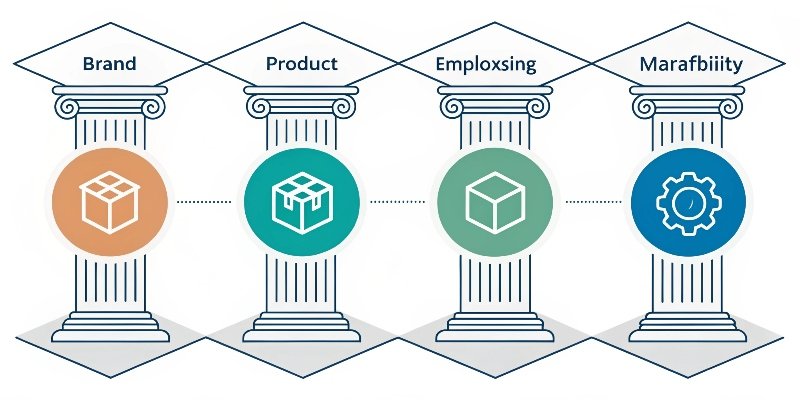
I remember a project early in my career. We designed a beautiful box, but it wasn't strong enough for shipping. A whole shipment was damaged. That expensive lesson taught me that the fundamentals always come first. These four rules are my compass for every project, and they ensure that design serves a clear purpose.
Rule 1: Protection
This is the most basic function. Your package must protect the cosmetic from damage, light, and air during shipping and on the shelf. This means choosing the right material and structure. A fragile glass bottle of serum needs a rigid box with an insert for support, not a flimsy folding carton that offers little defense.
Rule 2: Attraction
In a sea of products, your package has only a few seconds to grab a customer's eye. This is where visual design shines. Use color psychology, compelling graphics, and unique finishes. Think about the shelf impact. Does it pop? Does it invite someone to pick it up and learn more?
Rule 3: Information
Once you have their attention, you need to inform them. This includes mandatory details like ingredients, net weight, and usage instructions. But it's also a chance to tell your brand story. Is it vegan? Cruelty-free? Made with special ingredients? Communicate it clearly and concisely.
Rule 4: Differentiation
Why should a customer choose you over the brand next to yours? Your packaging must answer this question. Differentiation can come from a unique structural design, a special texture, or a bold brand statement. It’s what makes your product memorable long after the purchase.
What are the packaging design trends in 2026?
Are you worried your packaging looks dated? Old designs can make your brand seem irrelevant. Understanding future trends helps you stay ahead and keep your product fresh.
For 2026, expect a focus on "phygital" experiences with QR codes and AR. Also, look for hyper-minimalism, bold and expressive typography, and packaging made from innovative bio-materials. Personalized and tech-integrated packaging will become more common.

Staying on top of trends is a big part of my job at Giftspack. It helps designers like Peter create work that feels current and innovative. For 2026, we're moving beyond just looks. Packaging is becoming an interactive experience that blends the physical and digital worlds, creating deeper connections with customers.
The Rise of Phygital Packaging
"Phygital" is where the physical product connects to a digital experience. Imagine a customer scanning a QR code on your lipstick box to access an augmented reality (AR) filter to "try on" other shades. Or using an NFC chip to verify a product's authenticity. This deepens customer engagement and adds value beyond the product itself.
Evolving Aesthetic Directions
We will see two major aesthetic paths. One is hyper-minimalism, using clean lines, simple fonts, and lots of negative space to convey luxury and calm. The other is expressive maximalism, using bold typography, vibrant color clashes, and playful illustrations to stand out. Tactile materials that feel interesting to the touch will also be huge.
Here’s what to watch for:
| Trend Name | Description | Brand Benefit |
|---|---|---|
| AR/NFC Integration | QR codes or chips linking to digital content or verification. | Increased engagement, builds trust. |
| Hyper-Minimalism | Simple, clean design with minimal text and graphics. | Conveys sophistication and quality. |
| Expressive Typography | Using bold, artistic fonts as the main design element. | Creates a strong, memorable brand personality. |
| Bio-Materials | Packaging made from new sources like algae, mushrooms, or corn starch. | Showcases a genuine commitment to sustainability. |
Which makeup brand has the best packaging?
Looking for real-world packaging inspiration? It's hard to aim for greatness without seeing it. Studying top brands shows you what works and why it connects with customers.
While "best" is subjective, brands like Fenty Beauty, Glossier, and Youth to the People are often celebrated. Fenty excels at inclusive and unique shapes, Glossier nails minimalist branding, and Youth to the People champions sustainable, clean aesthetics.
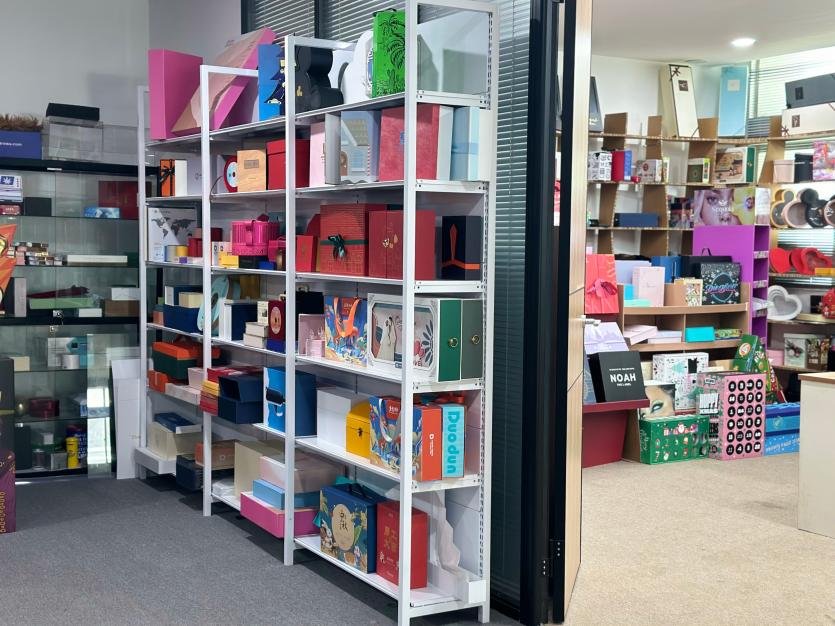
When I talk with designers, they often ask for examples. It's one thing to talk about rules and trends, but it's another to see them applied perfectly. There is no single "best," but we can learn a lot by studying the leaders in different categories. Let's look at three brands that do it exceptionally well.
Fenty Beauty: Inclusive and Bold Design
Fenty Beauty changed the game not just with its shade range, but with its packaging. The non-traditional shapes, like the hexagonal sticks, are instantly recognizable. The mix of matte and soft-touch finishes feels premium. The design is bold and edgy, breaking away from the typical soft, feminine look of cosmetics. It communicates confidence and inclusivity.
Glossier: Master of Minimalist Branding
Glossier's success is deeply tied to its packaging. The look is clean, simple, and instantly Instagrammable. They use a signature color palette and font consistently across all products. More than that, their packaging is part of the experience. The reusable pink bubble-wrap pouches and sticker sheets that come with every order create a sense of community and fun.
Youth to the People: Authenticity in Sustainability
This brand's packaging perfectly mirrors its values. They use recyclable glass jars and bottles with simple, clear labels. Their secondary packaging is made from post-consumer paper. It’s a no-frills approach that feels honest and trustworthy. For a brand focused on clean, vegan ingredients, this commitment to sustainability in their packaging is authentic and powerful.
Conclusion
Effective packaging protects, attracts, and tells your brand story. By focusing on sustainability, rules, and trends, you can create a design that truly connects with your customers.

